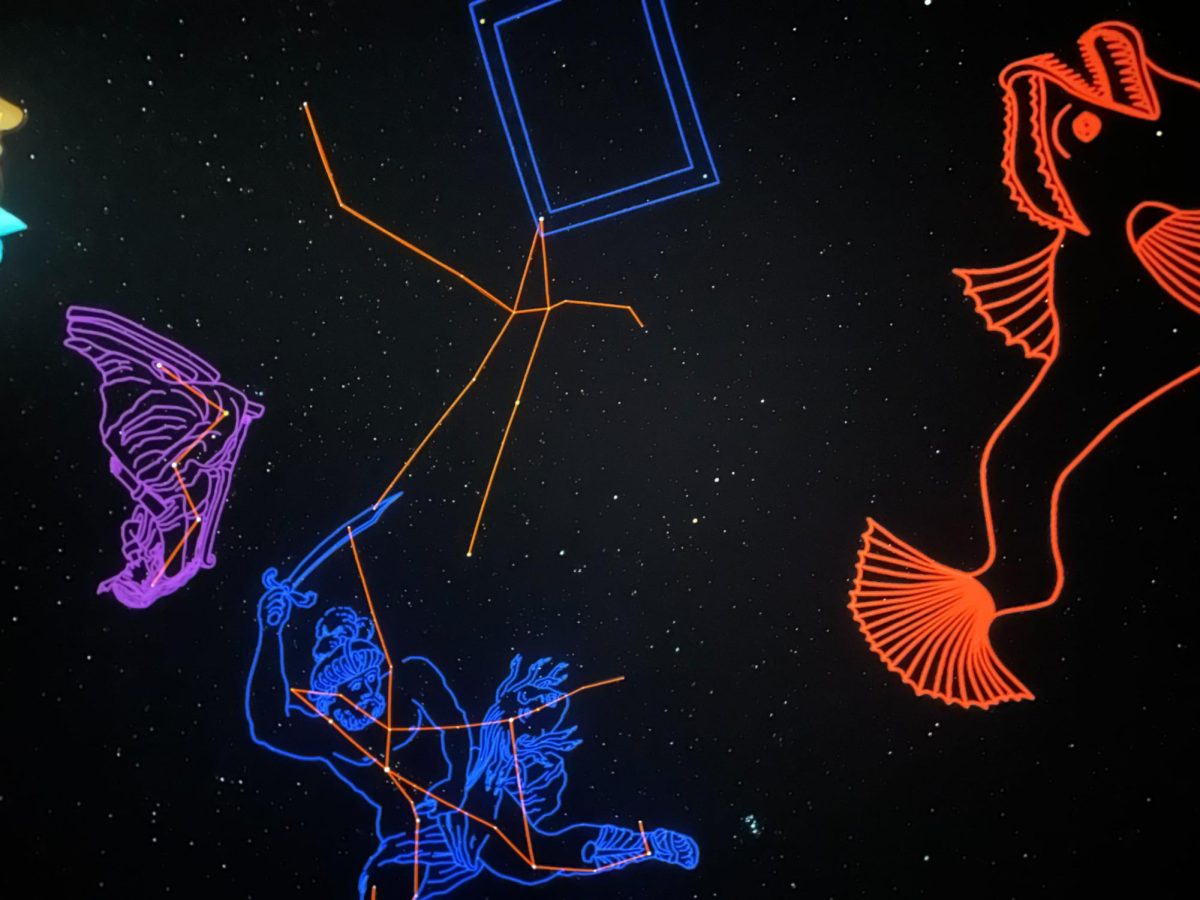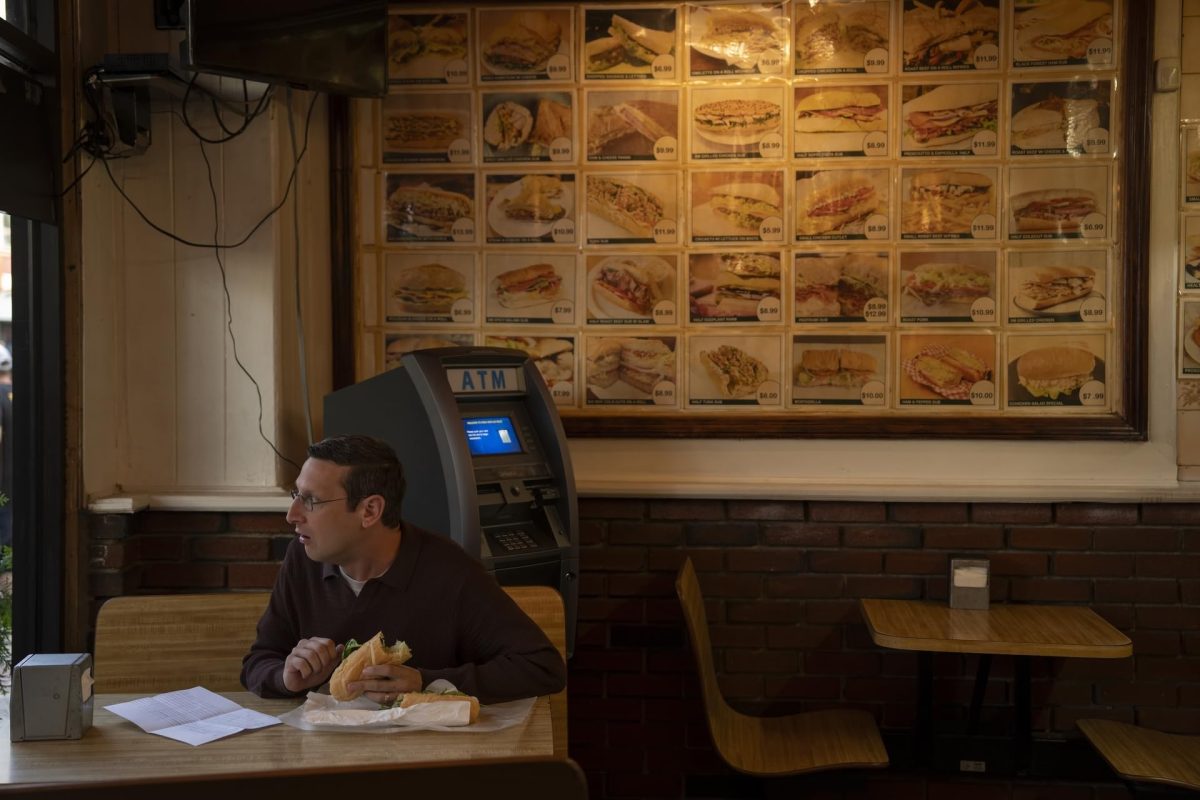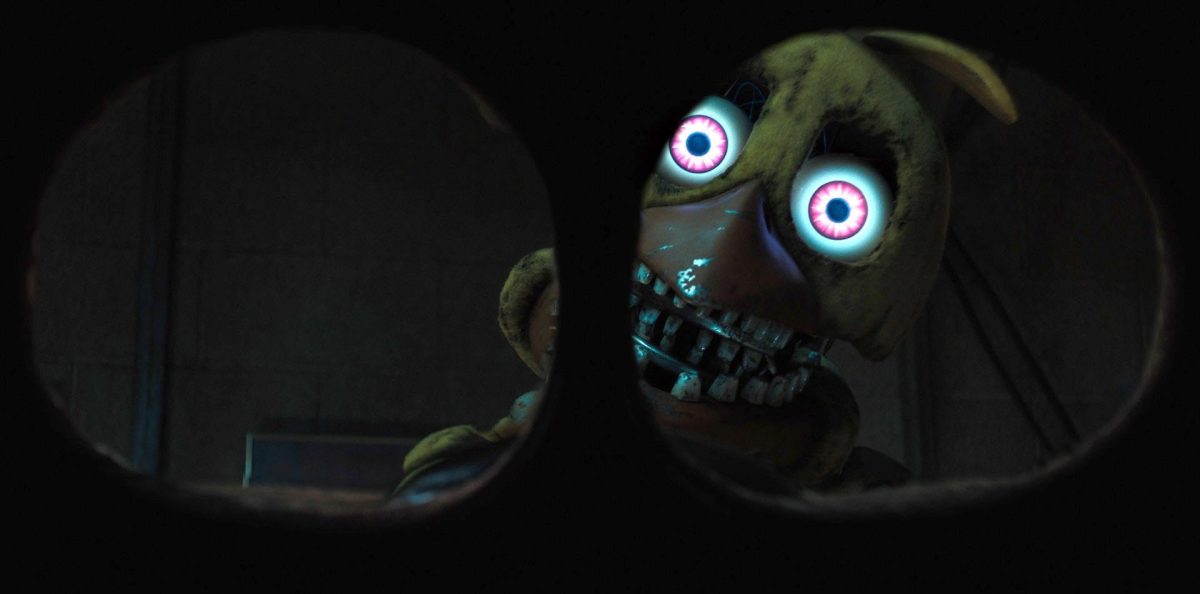Last updated on Dec. 5, 2024 at 10:11 a.m.
The first five episodes of Netflix Original “Outer Banks” were released on Oct. 10, becoming yet another show victimized by the company’s split release dates. On Nov. 7, Netflix will release the latter half of the season.
“Splitting up seasons keeps the hype alive for a longer time,” said Unnati Narang, assistant professor in Business, via email. “It keeps viewers engaged between releases and encourages them to stay subscribed instead of binge-watching and canceling afterward. It also creates a sense of anticipation and capitalizes on people’s interest and limited attention spans.”
As the television industry shifted from traditional TV, or cable, to streaming TV, business models switched from ad-based to subscription-based, according to Mike Yao, professor in Business and LAS. Companies rely on consumers purchasing subscriptions to make a profit.
The flaw with this business model is the “binge-culture” streaming companies have created. With entire seasons of shows released at one time, viewers can watch their content in a short amount of time and then cancel their membership.
Get The Daily Illini in your inbox!
“If you spend a year, $20 million to produce a show and somebody spends one weekend to finish it and then cancel the membership, it’s not sustainable purely from that one reason alone,” Yao said.
To further their challenges with viewership, streaming companies are now competing with increasingly popular free content platforms.
“As social media becomes a more normalized presence in daily life, young people are sourcing their content for free on platforms like TikTok and YouTube,” said Steve Raquel, clinical assistant professor in Business.
“The younger generation isn’t as committed to paying for their media,” Raquel said.
To combat this, Netflix has taken the releases of shows and split them between two dates. Some Netflix shows subjected to split seasons include “Stranger Things,” “Outer Banks,” “Cobra Kai” and “Emily in Paris.”
While this shift in consumer behavior affects all streaming services, Netflix is getting hit the hardest, according to Yao. Companies like ABC and Paramount have decades of content they can stream on their platforms. Netflix was founded in 1997 but only started streaming original content in 2013. As more networks move to streaming platforms, they pull their content from Netflix, leaving the company with just under 11 years of available content to stream.
“They have to invest a lot of money in producing new shows, and then at a certain point, it doesn’t make much sense anymore,” Yao said.
Splitting seasons is a strategic business tactic since Netflix not only dissuades consumers from canceling their membership but also puts them in a highly marketable position.
“Spacing out releases can boost subscriber retention, reducing churn,” Narang said. “It also maximizes marketing opportunities, as each half-season can get its own promotional push, attracting new viewers and keeping existing ones hooked.”
As consumer behavior changes, the entertainment industry will be forced to adapt. As seen in the previous shift from traditional to streaming TV, companies will try anything to maximize their profit from consumers.
While the future of the industry is uncertain, it is clear that it will continue to adapt to consumption patterns.
“I think Hollywood, in general, is really having a really tough time in this kind of new world of how consumers consume content, and it will be very interesting to figure out how they monetize in the future, which was really easy, not less than five years ago,” Raquel said.
Looking ahead, it may be possible that networks adopt a hybrid model with features taken from both traditional and streaming TV models to maximize profit off consumers. Some streaming services like Netflix and Hulu already offer a hybrid model that combines ad-based and subscription-based models. They offer a lower subscription price with content that includes ads as an option for consumers who don’t necessarily mind the ads.
“The entire industry is going through a reshuffling,” Yao said. “I don’t know what’s going to happen.”








